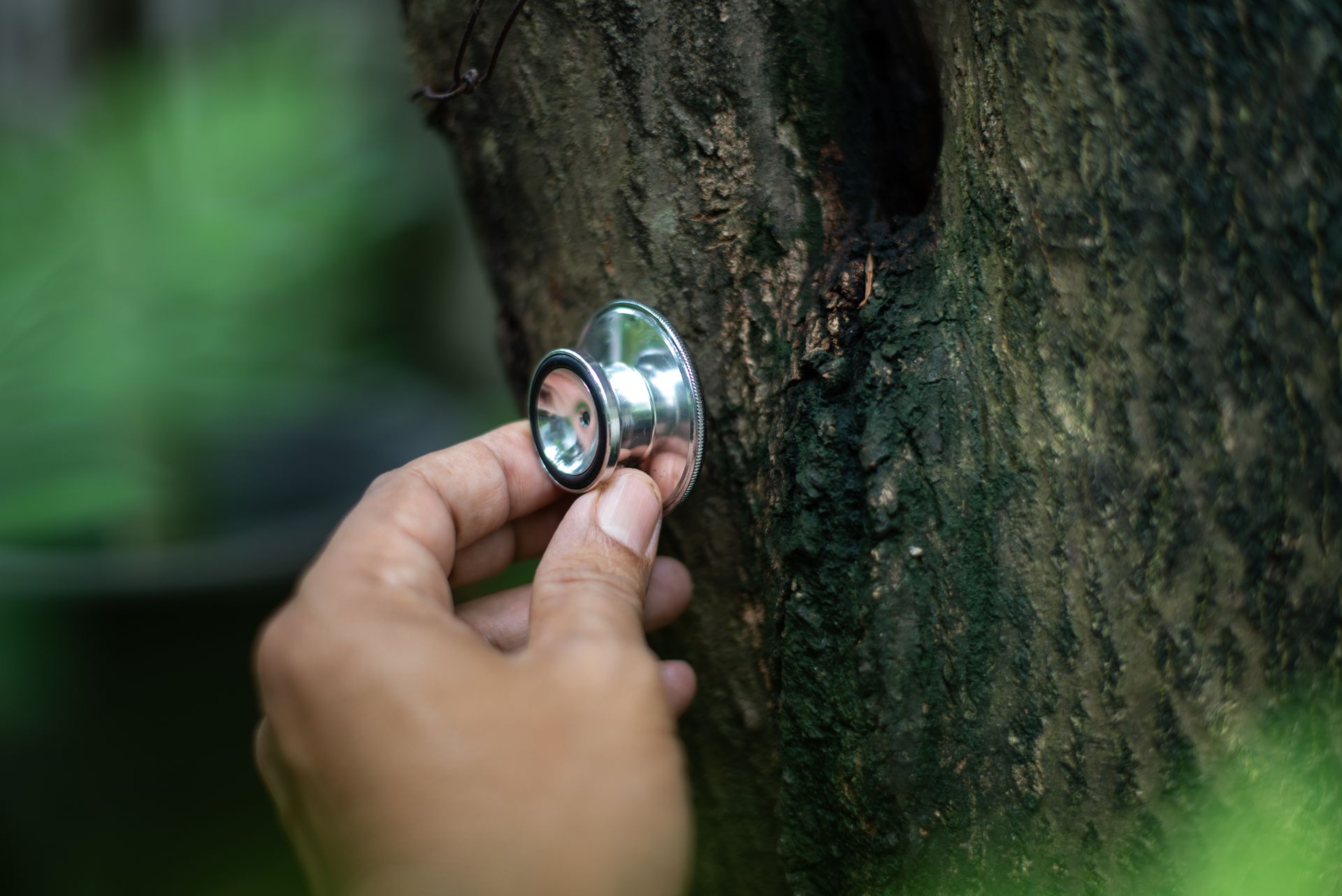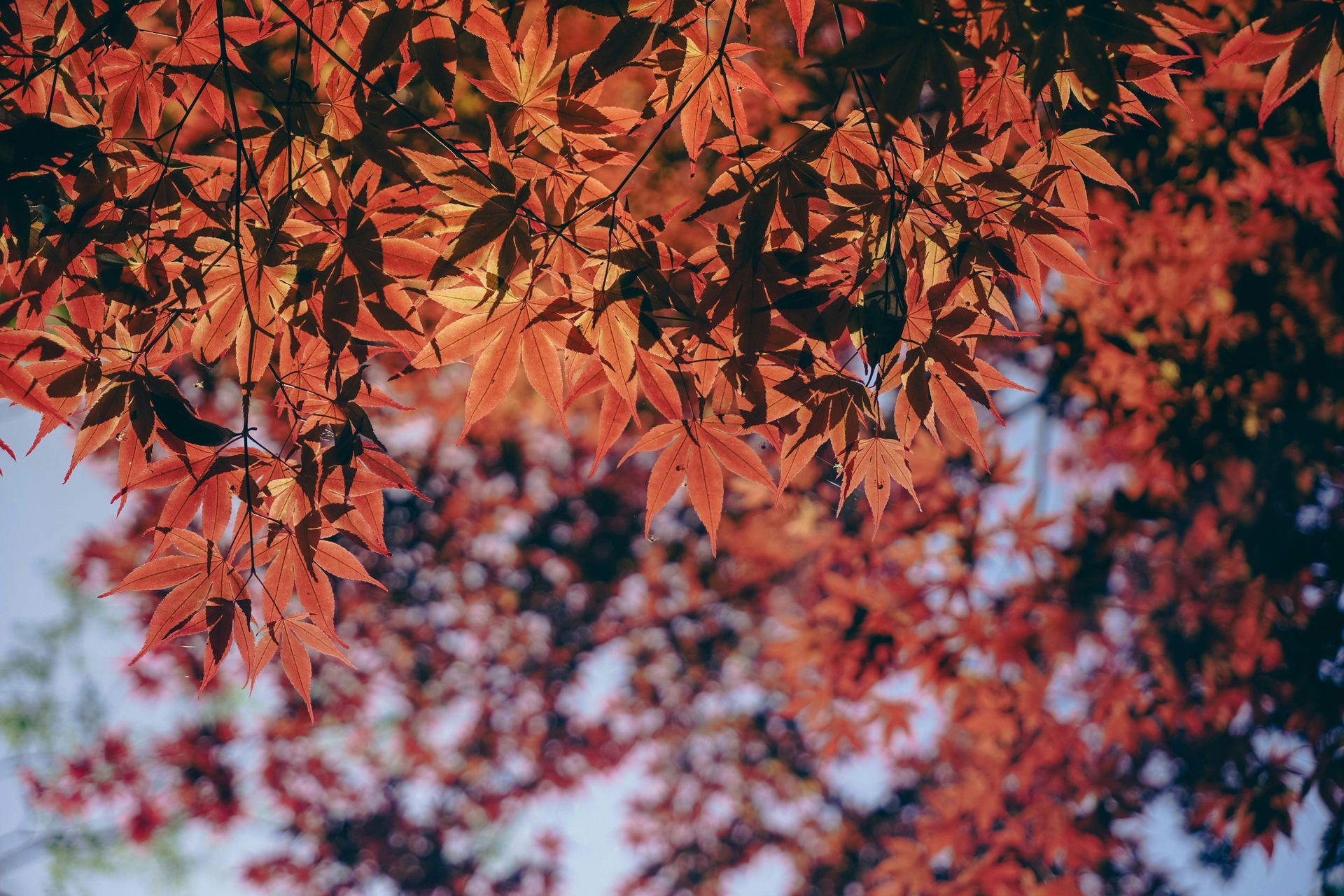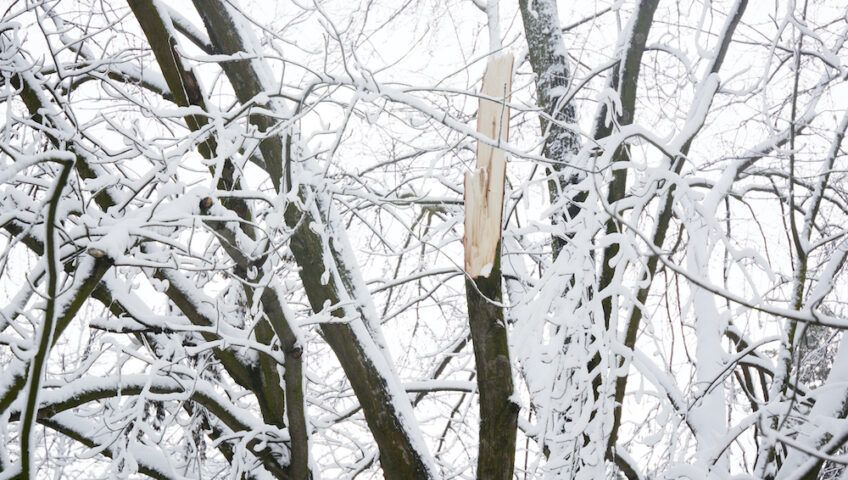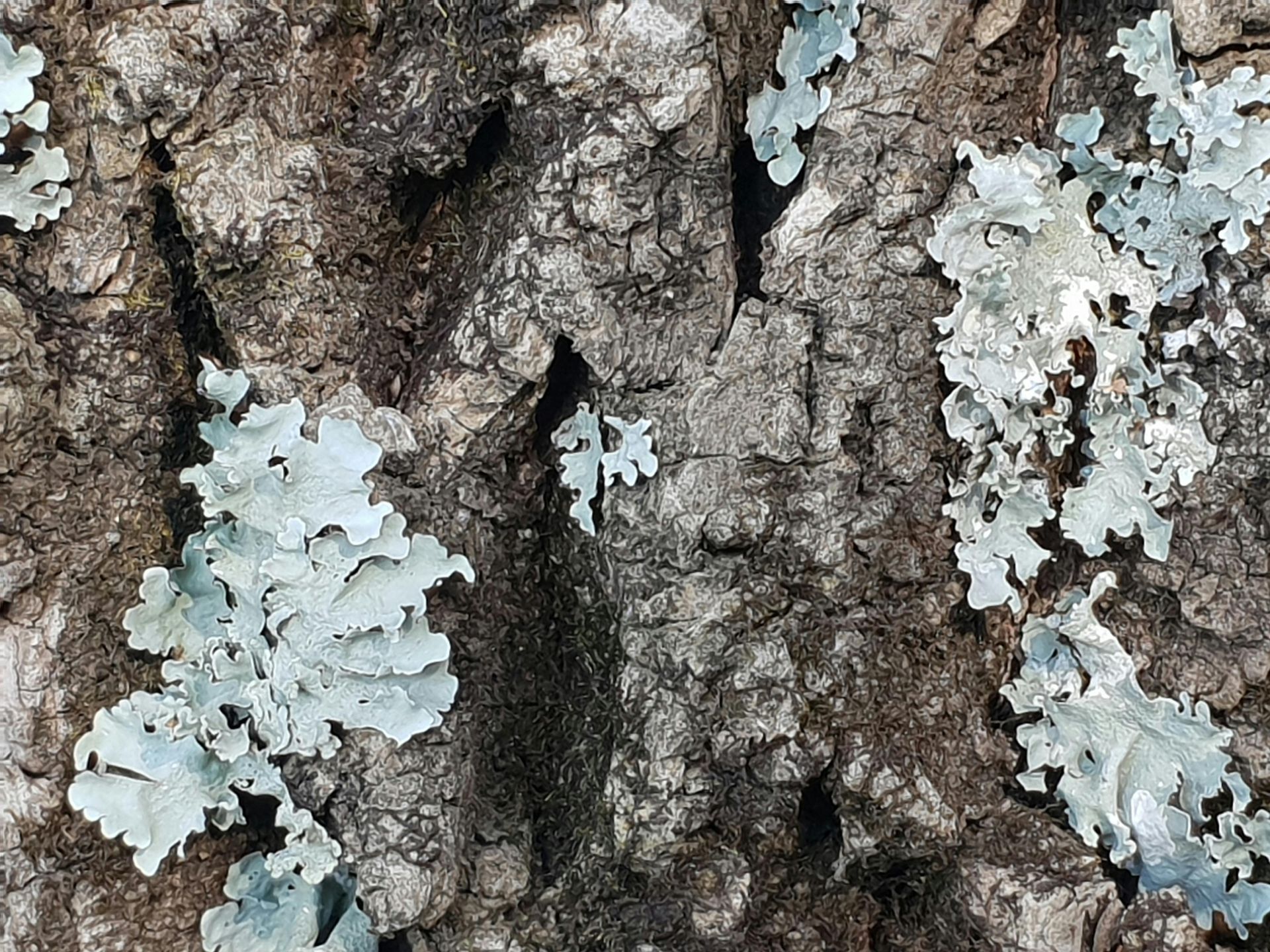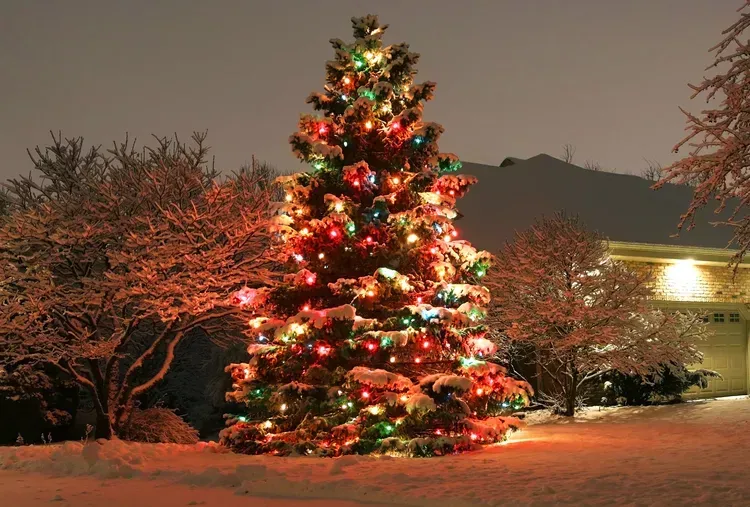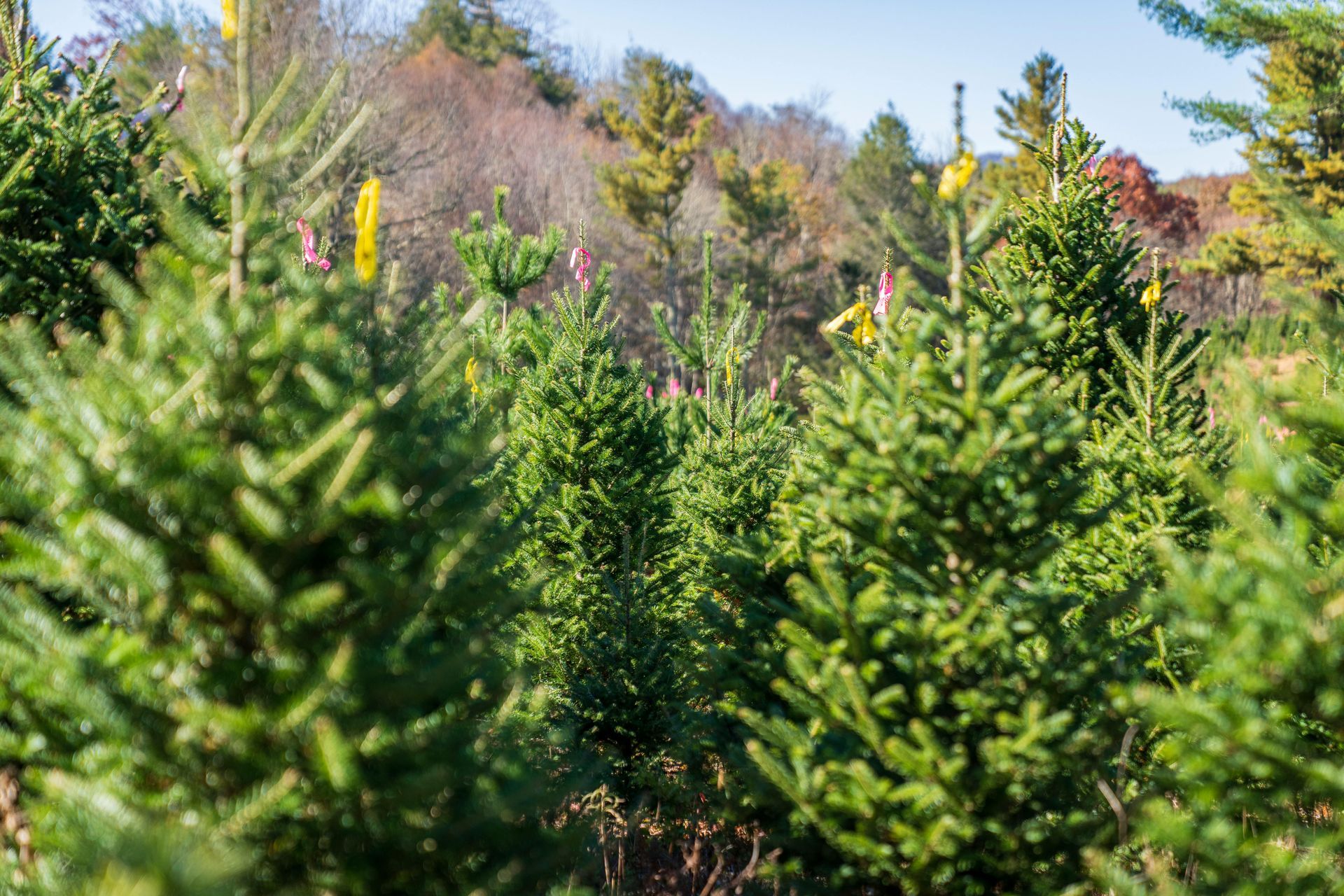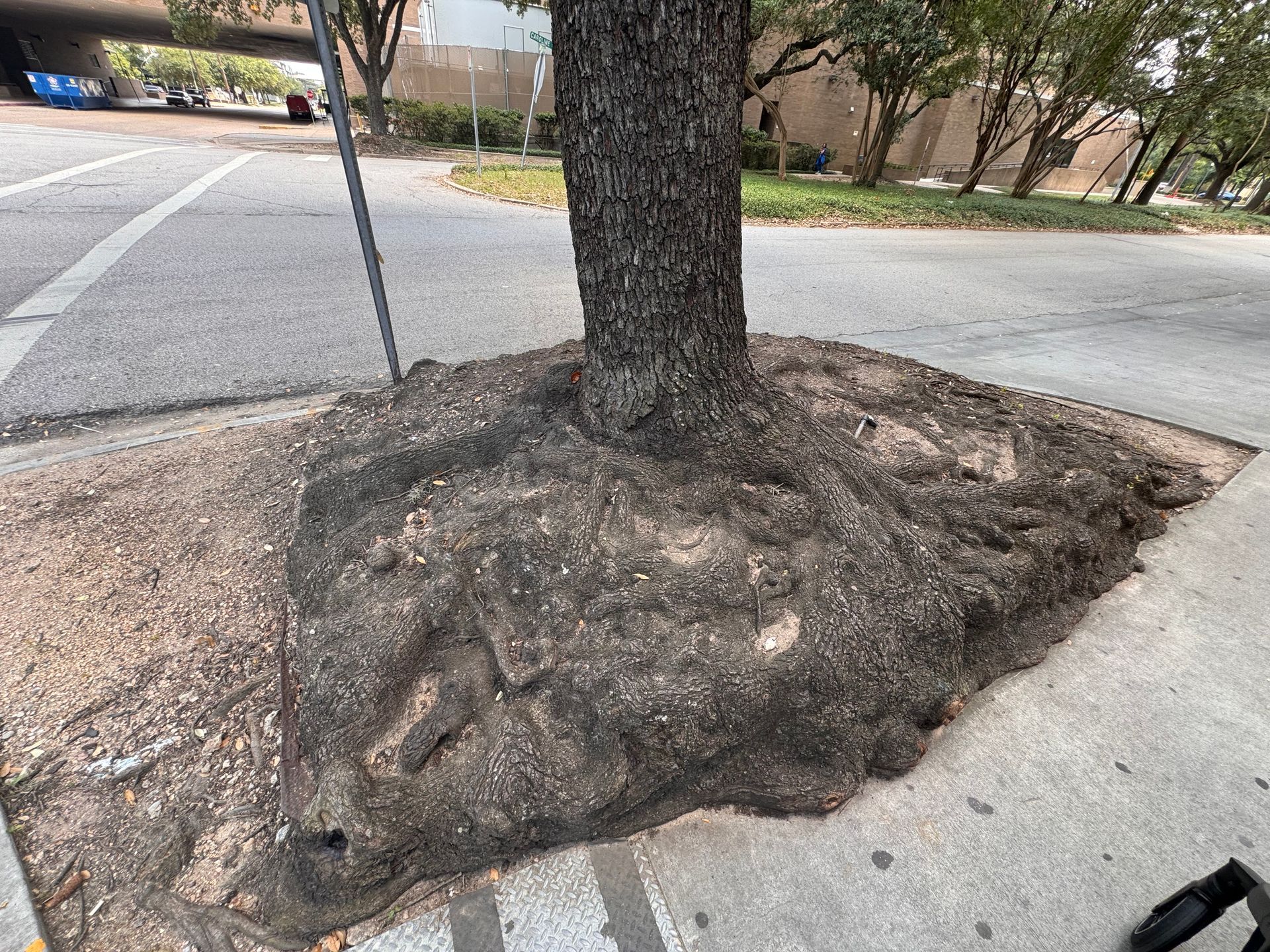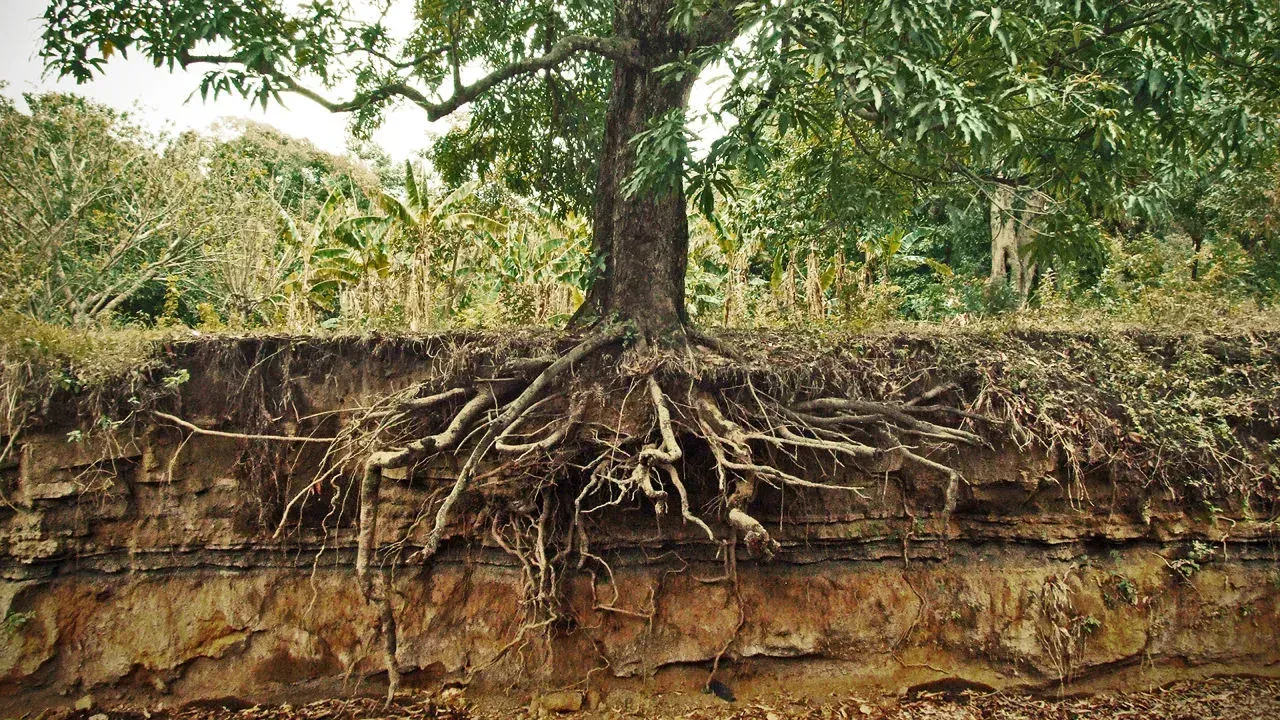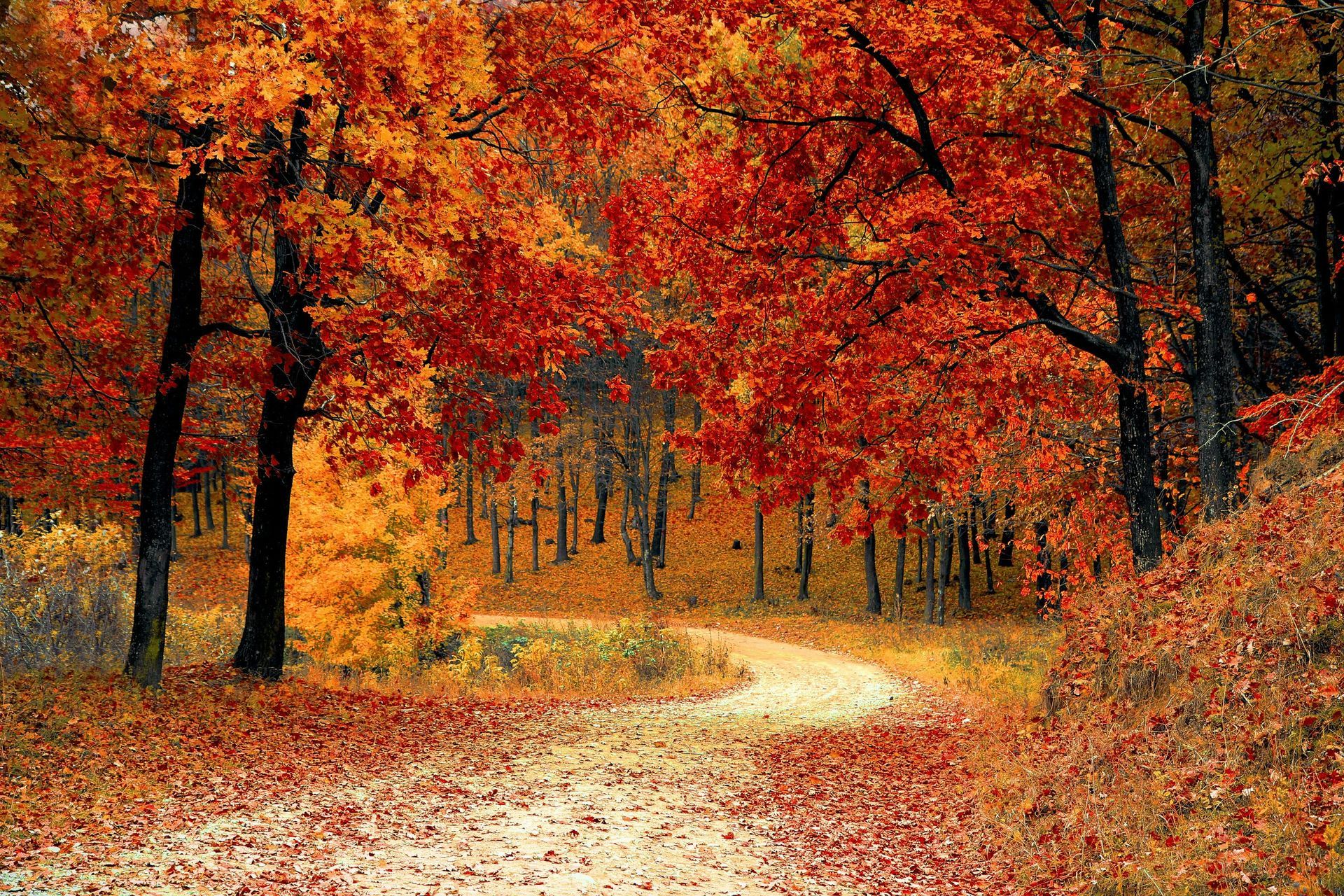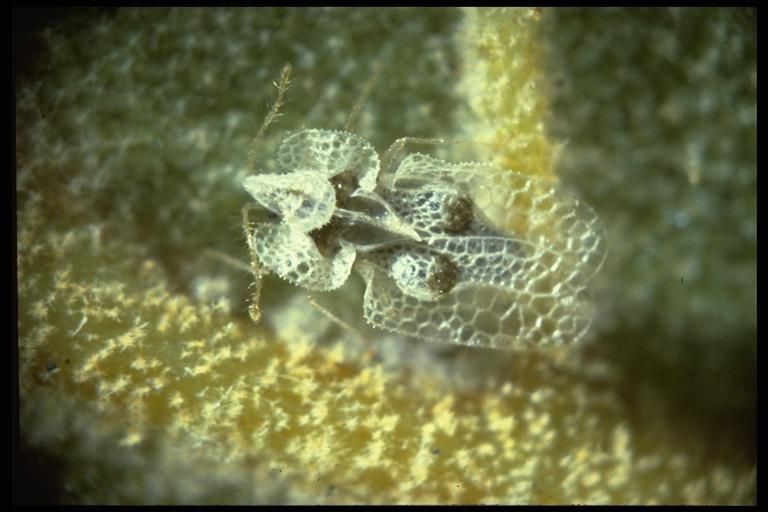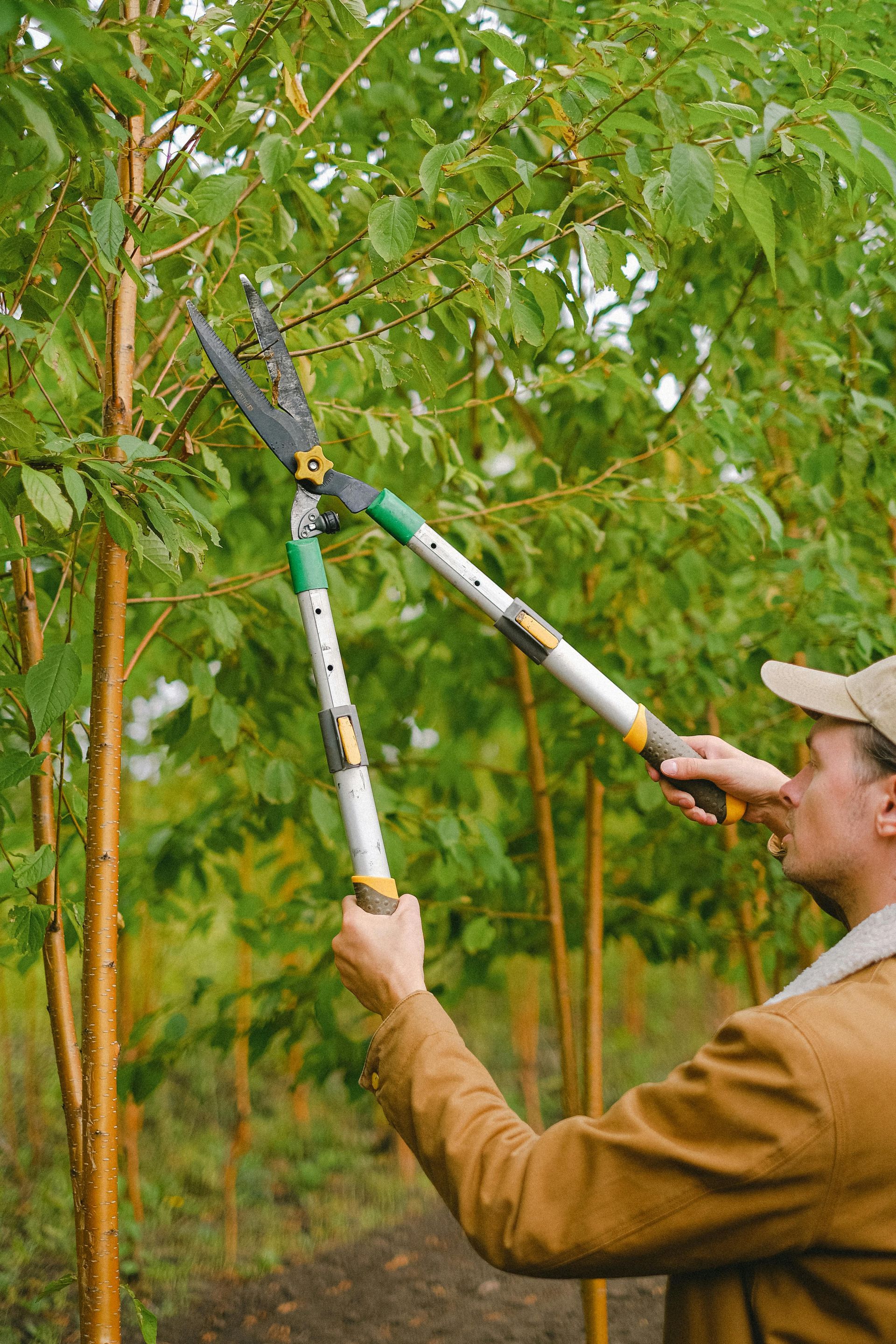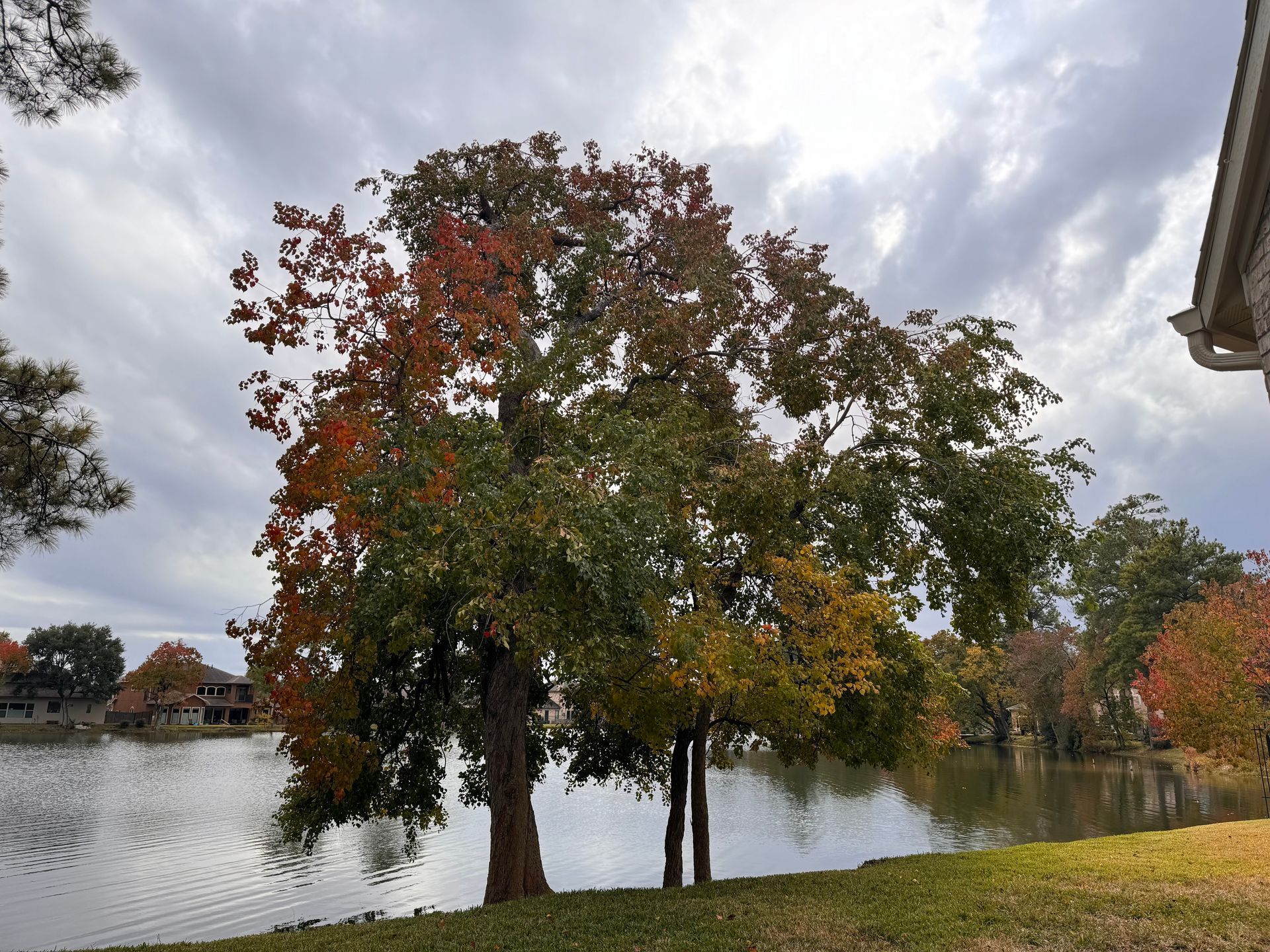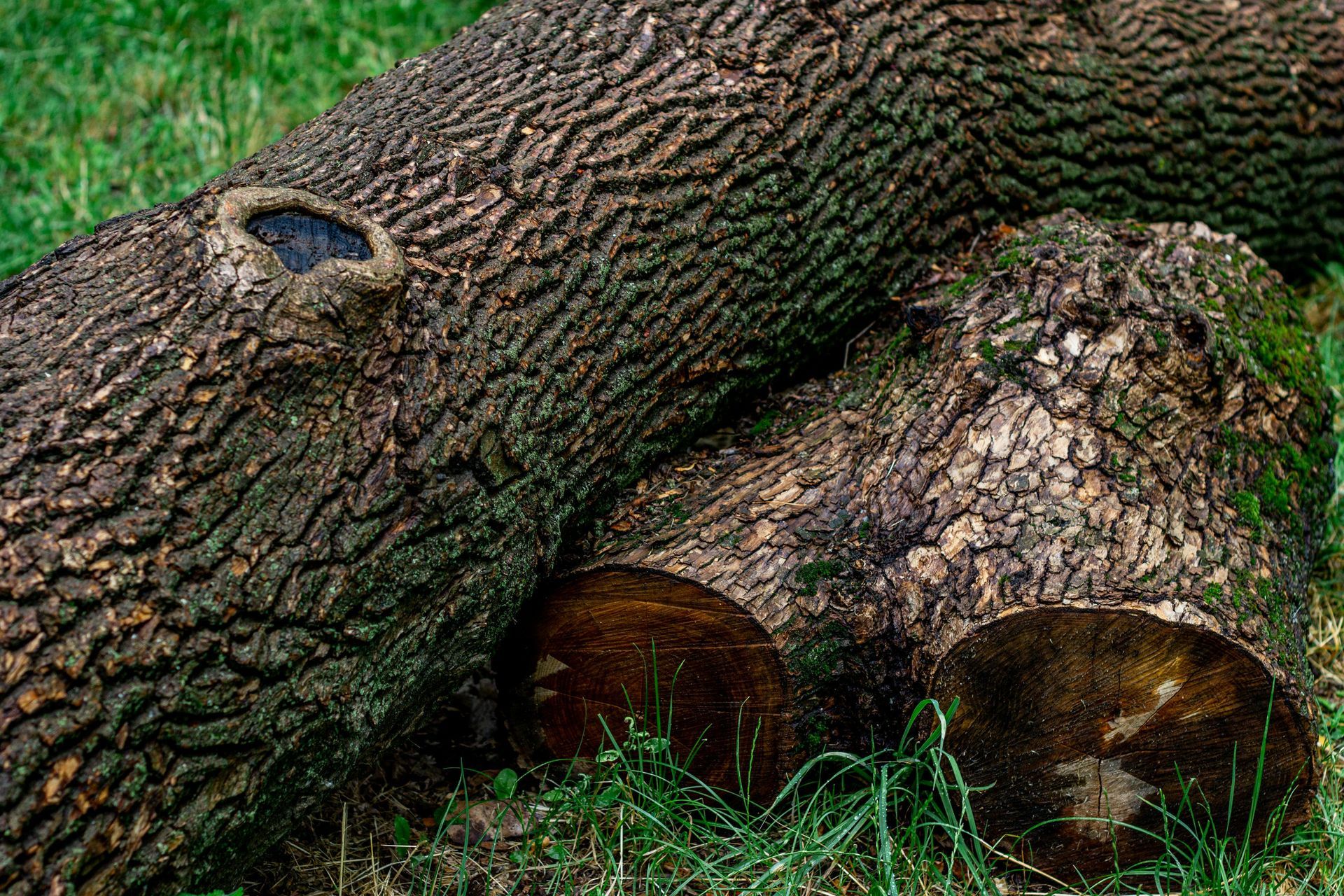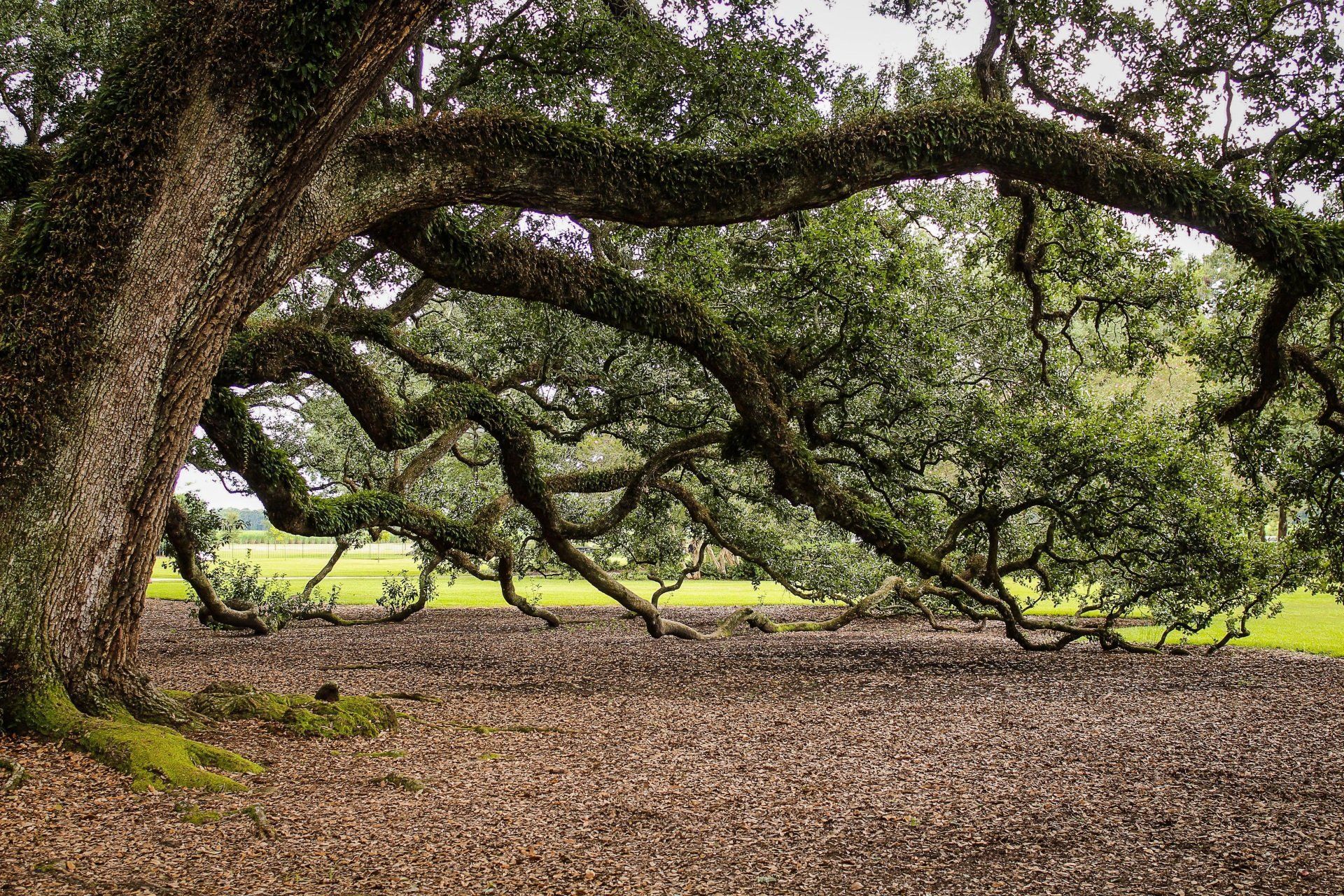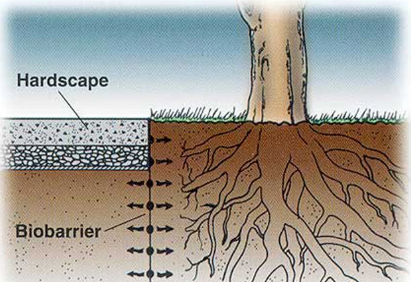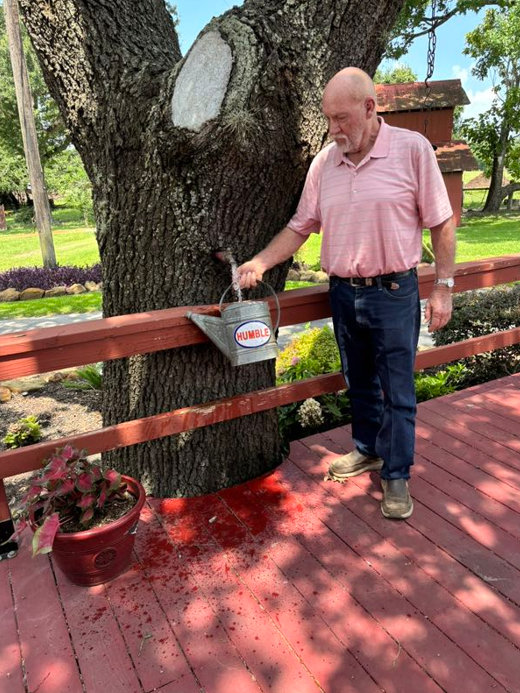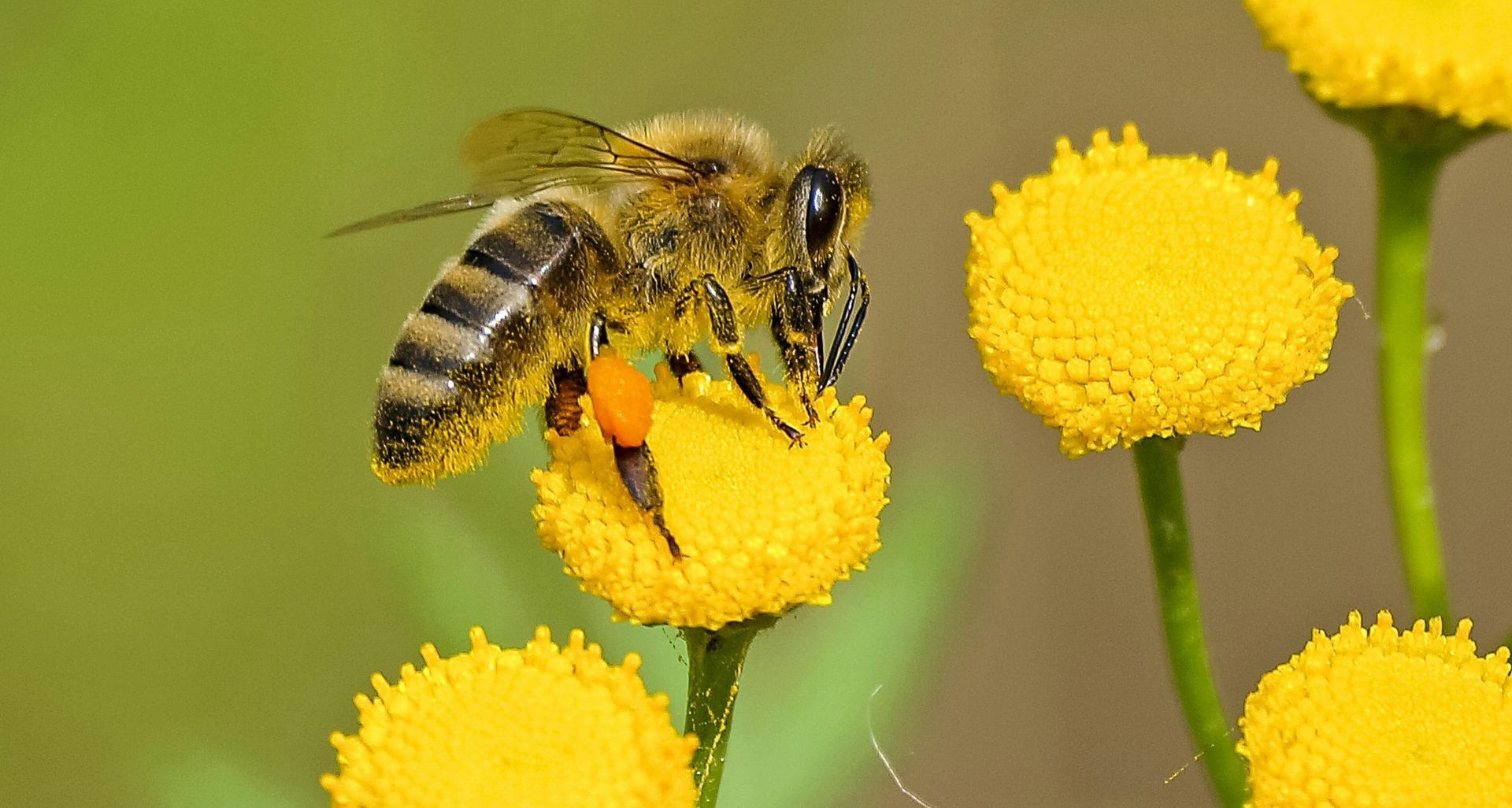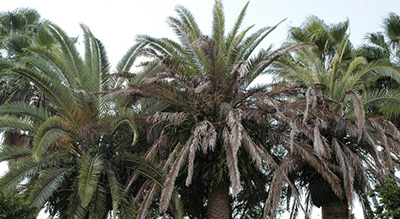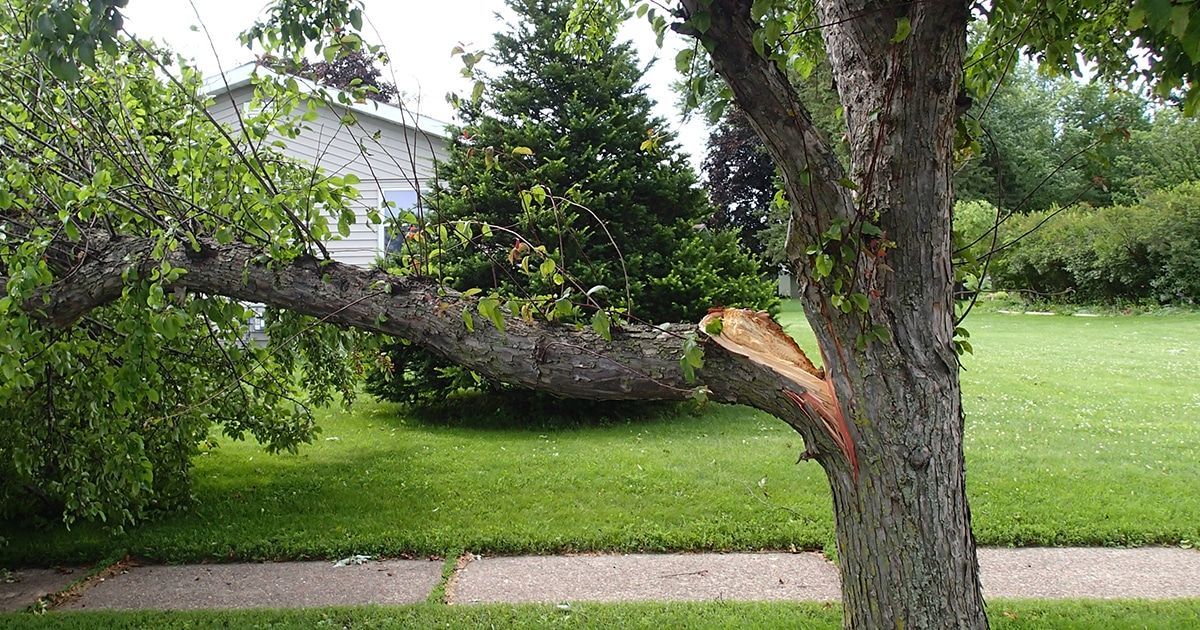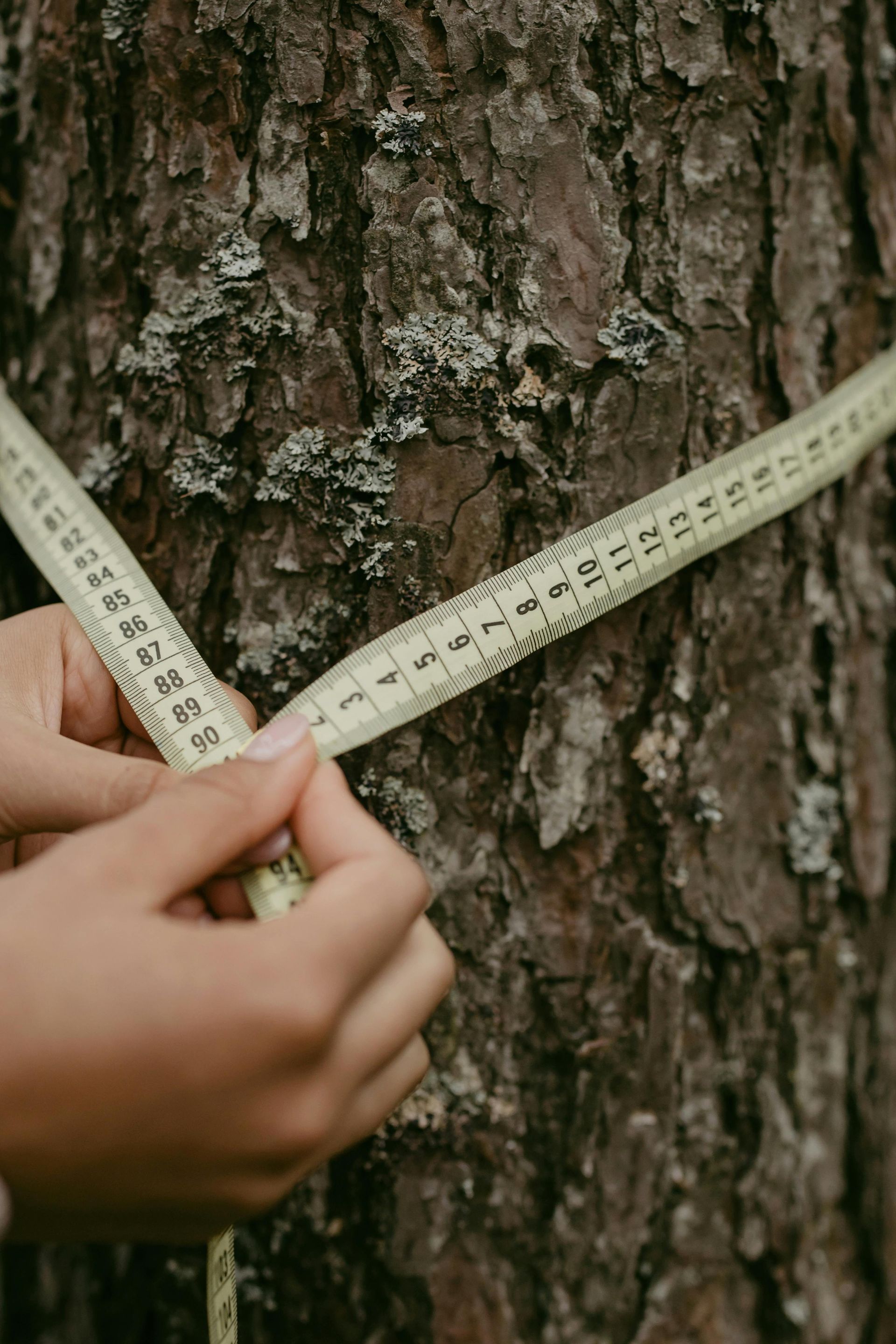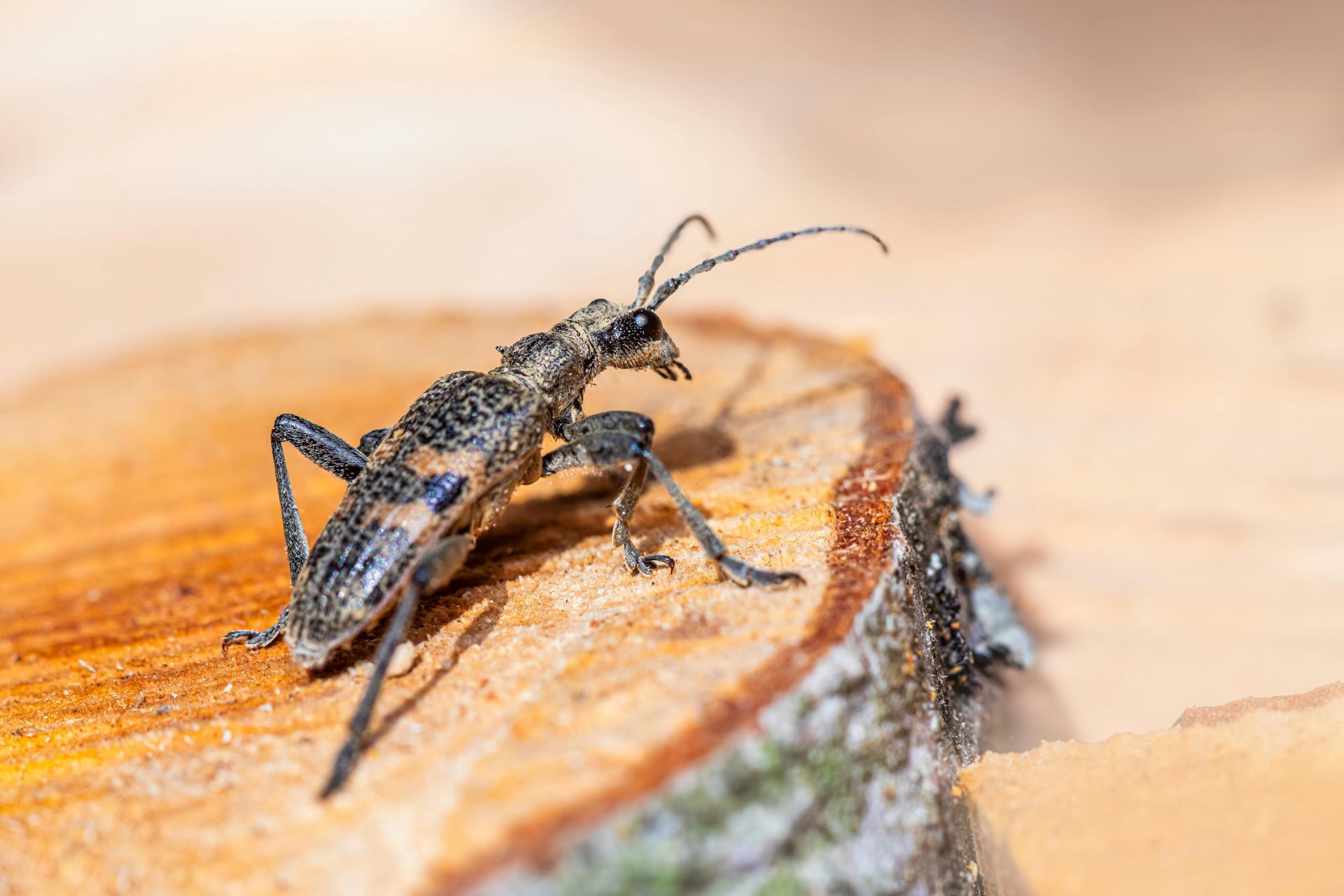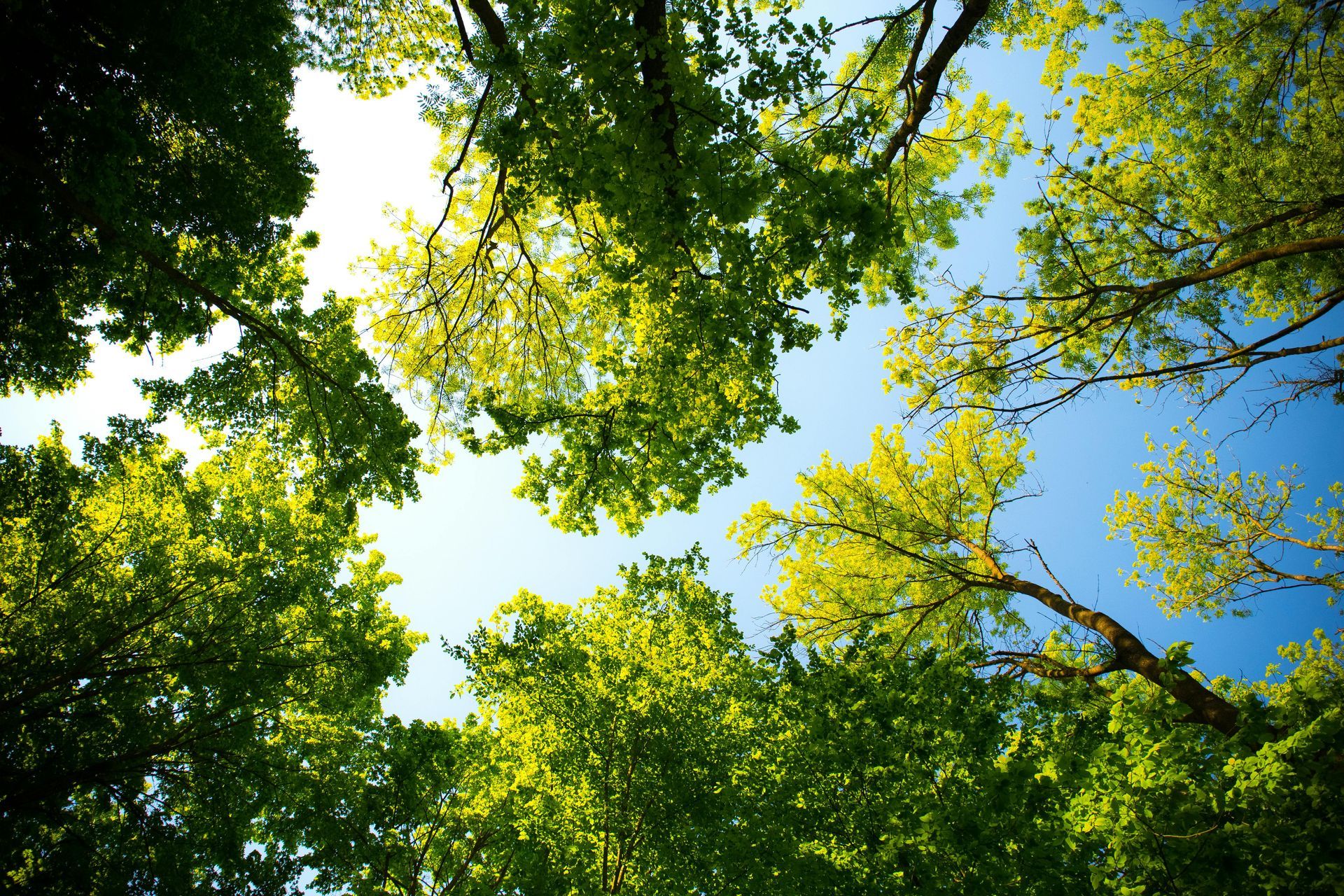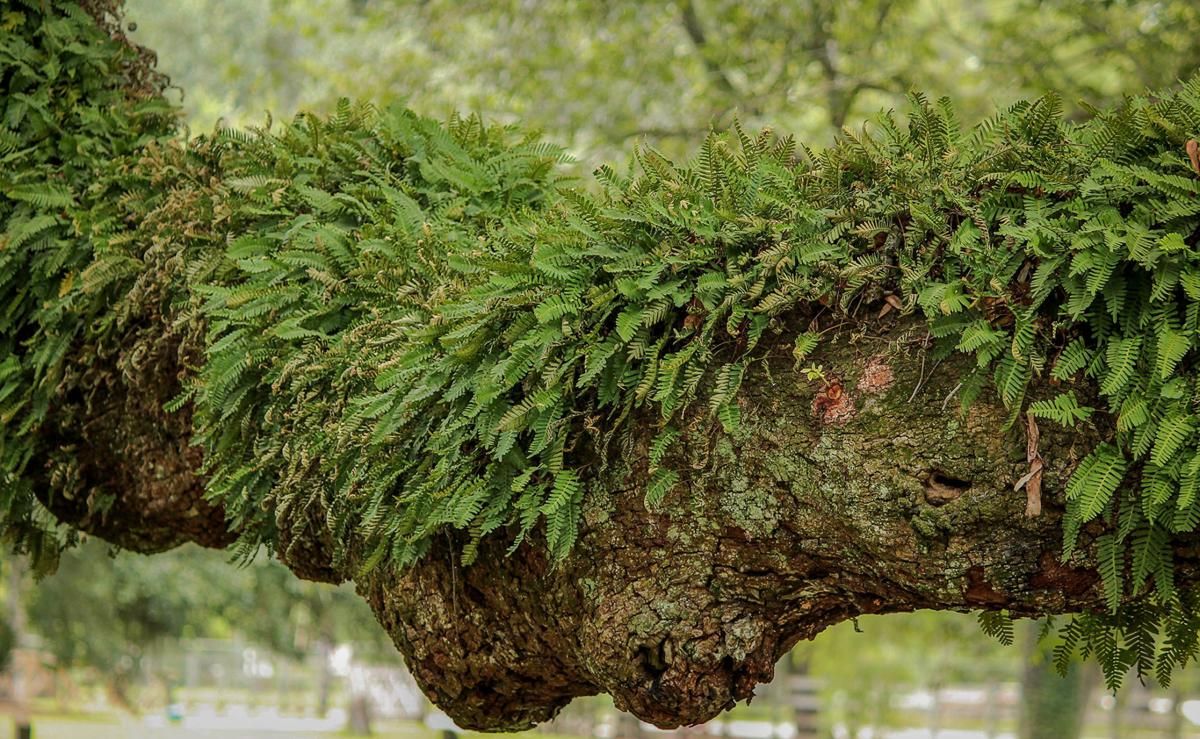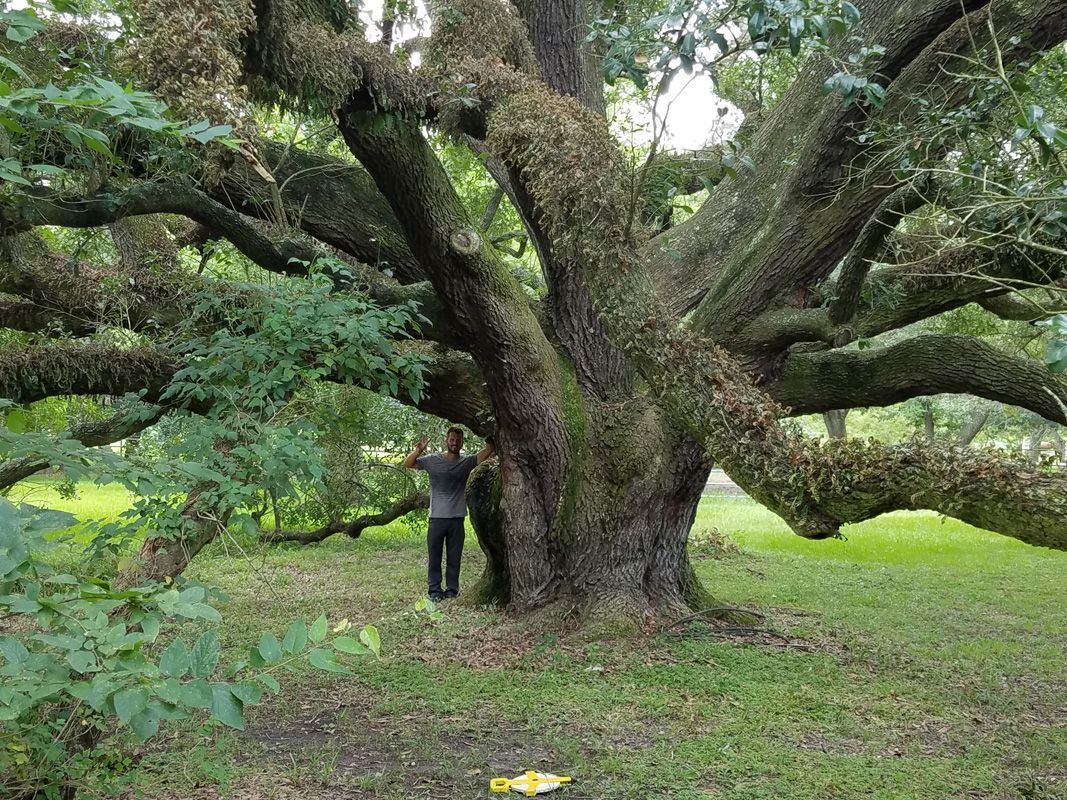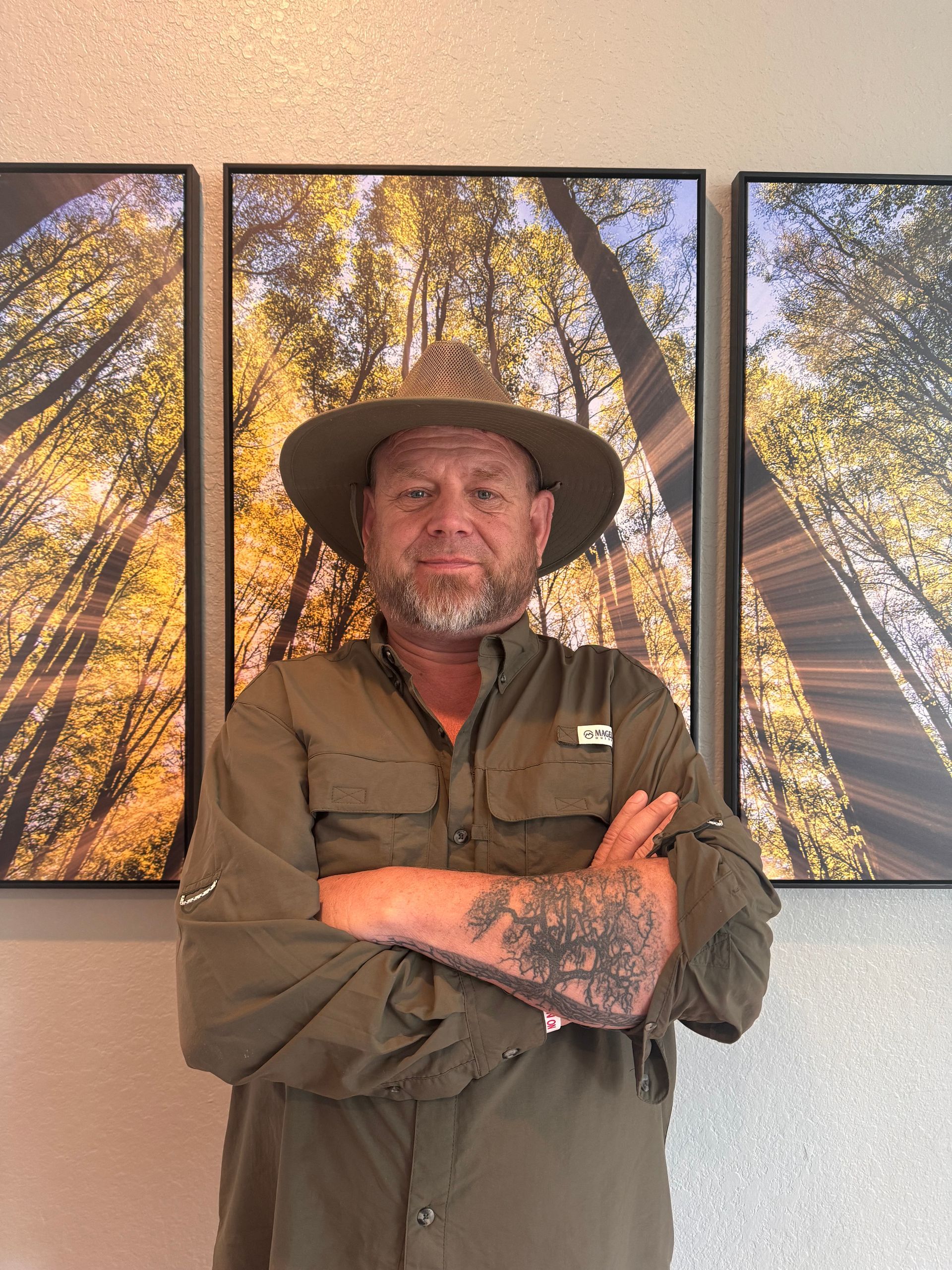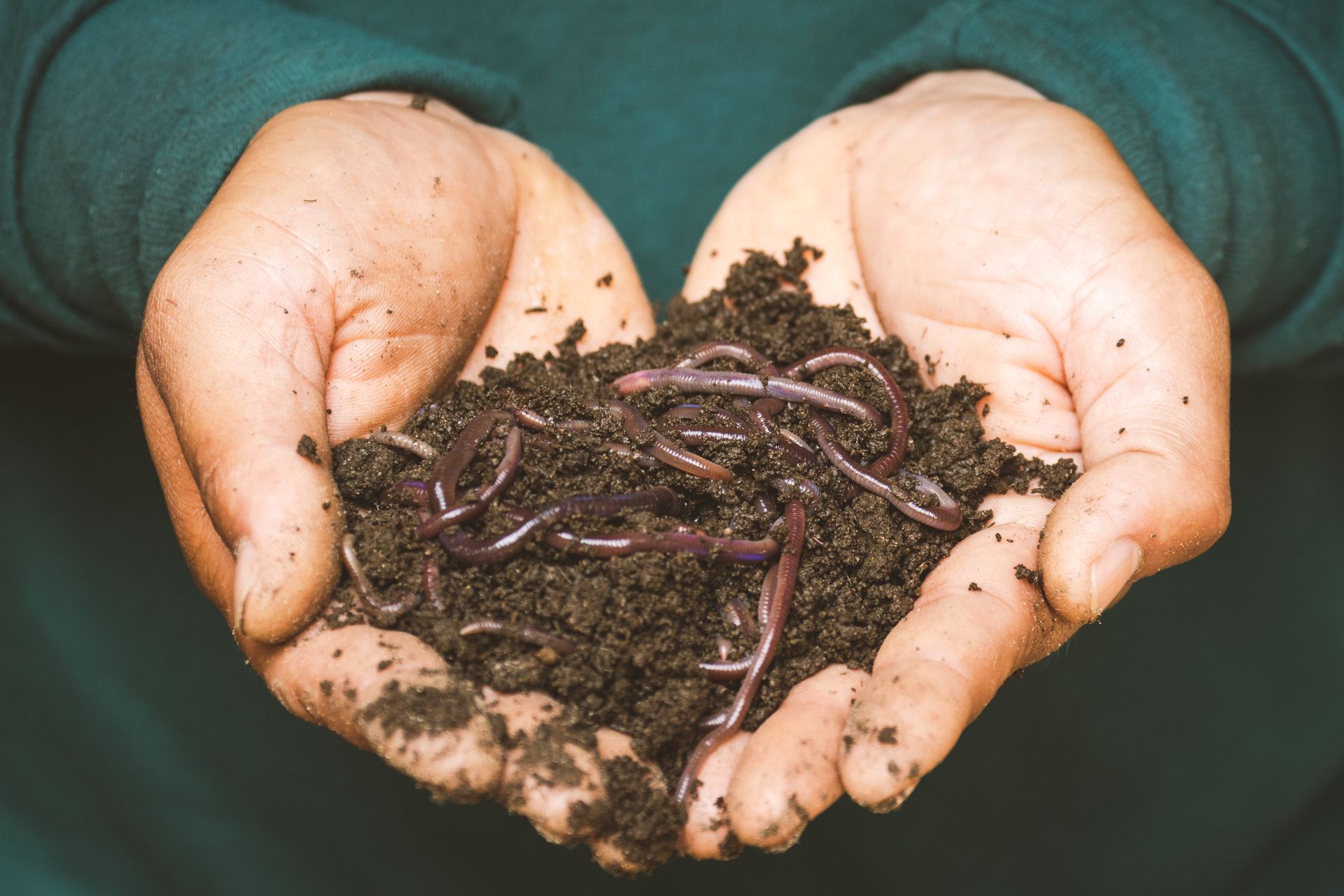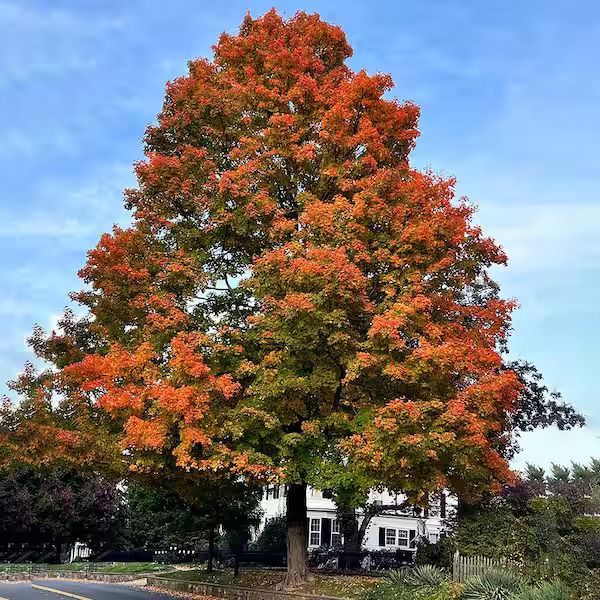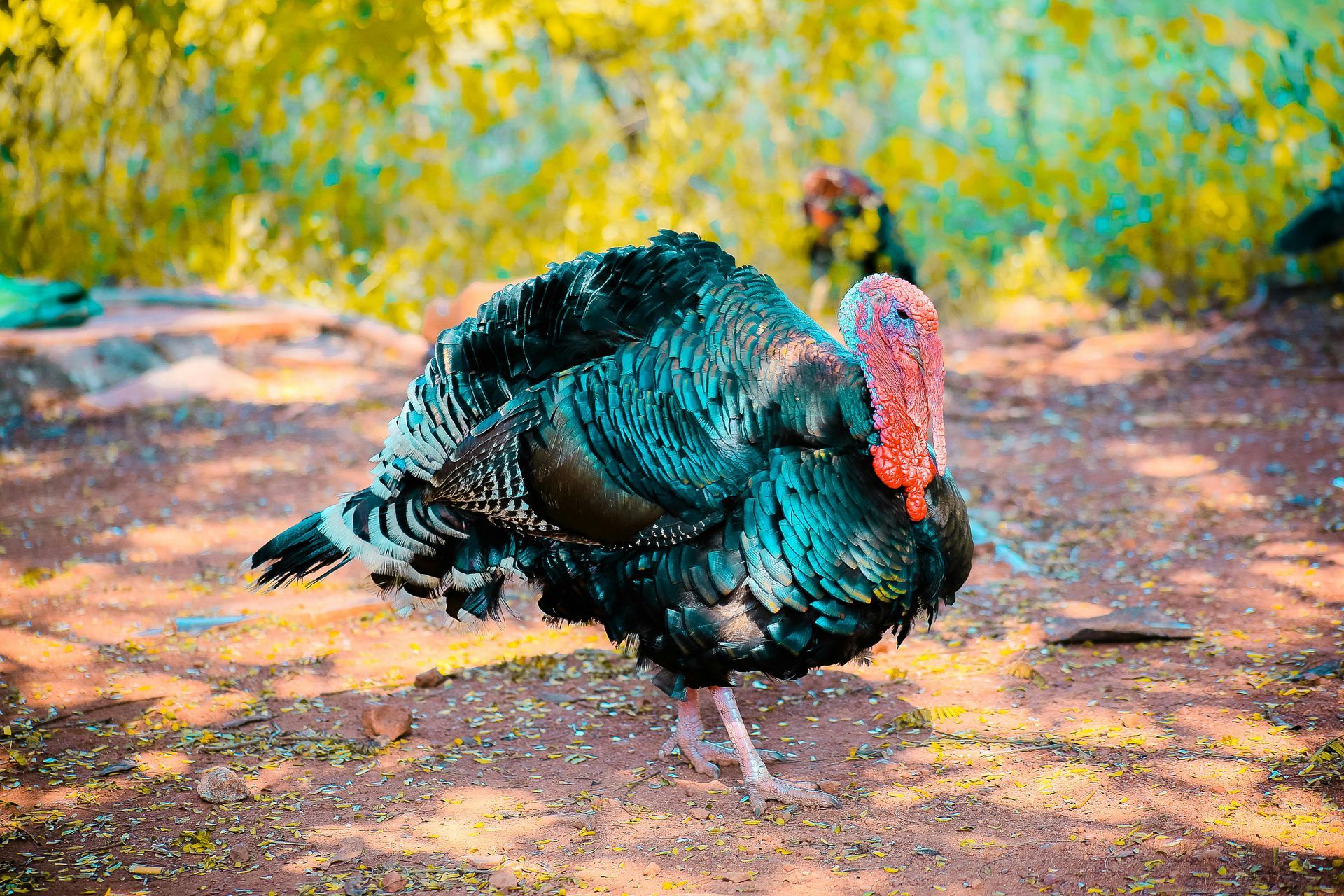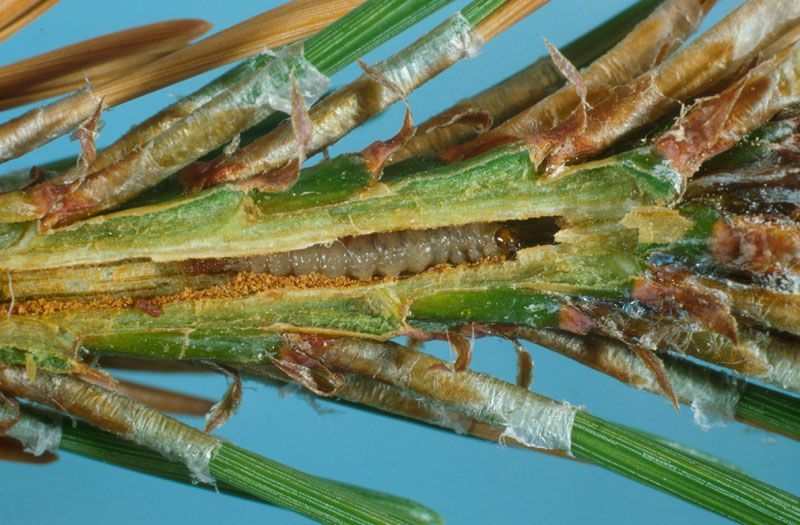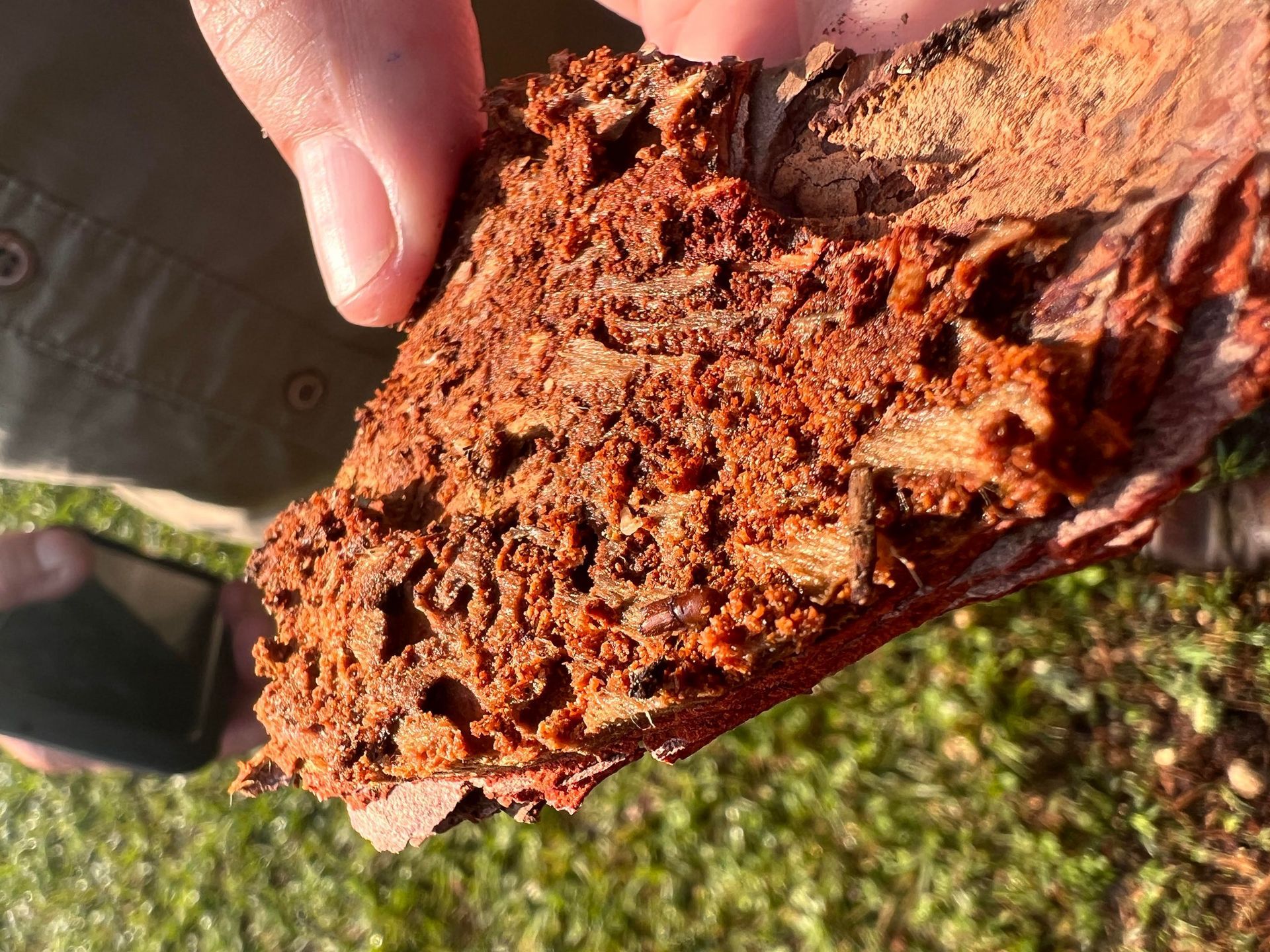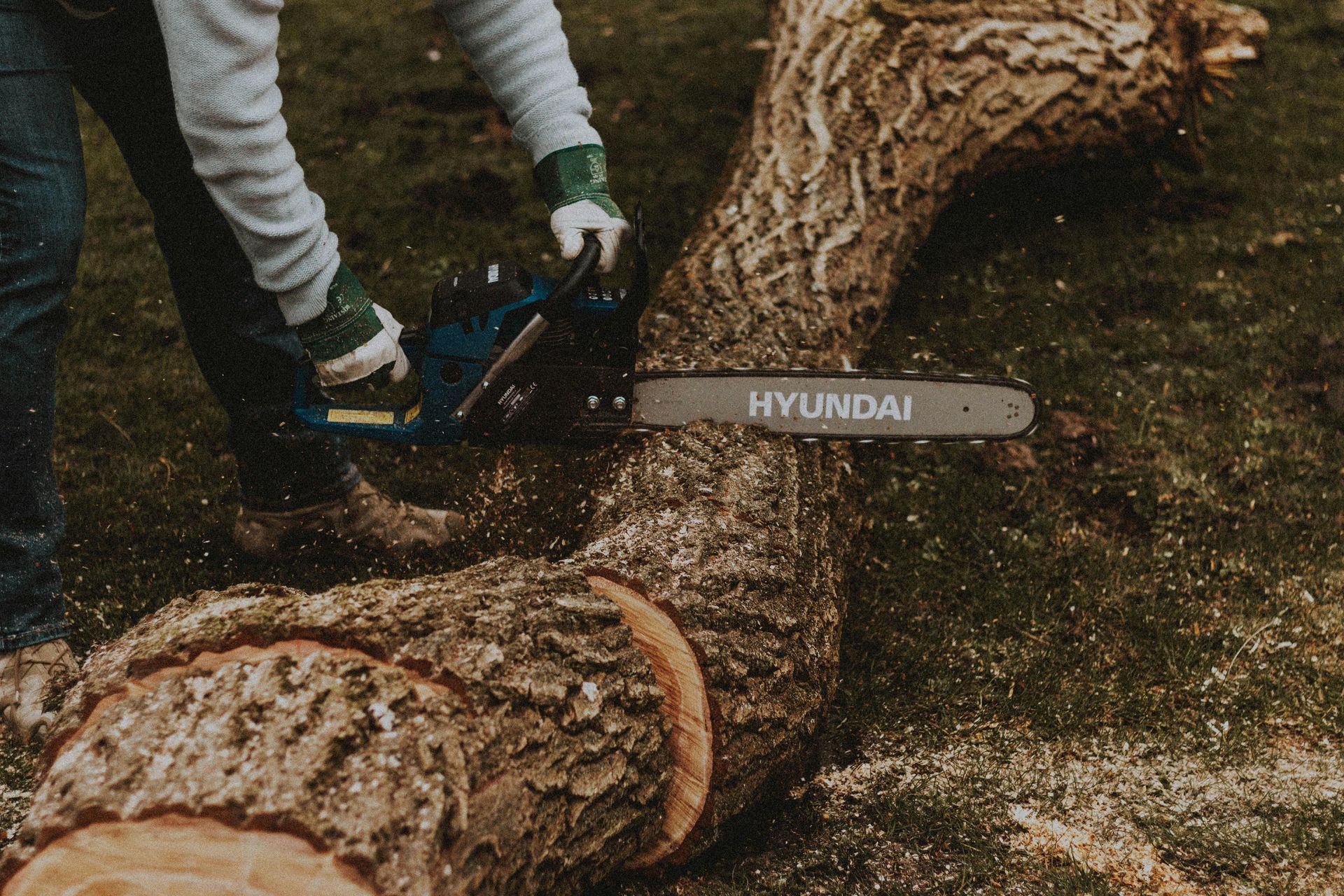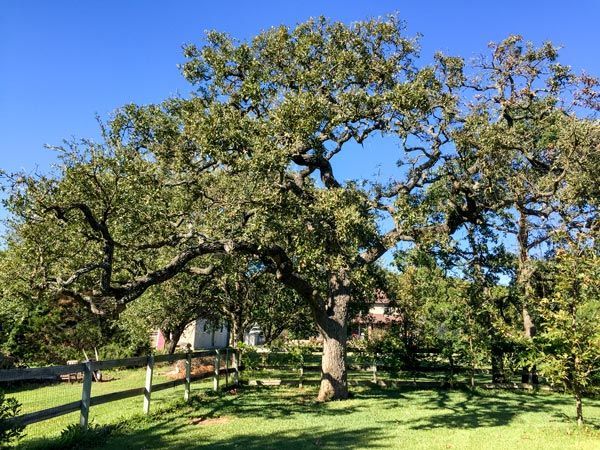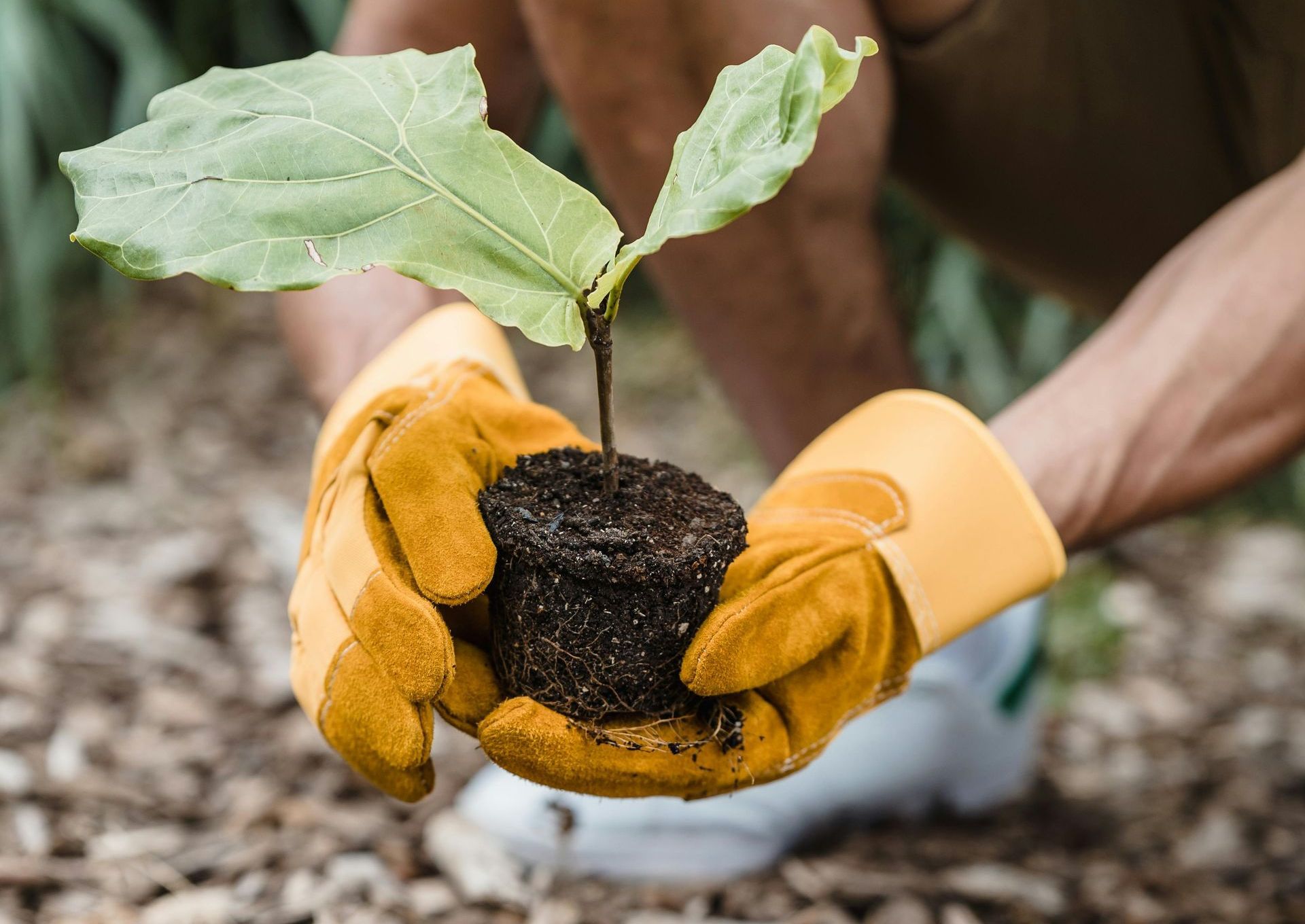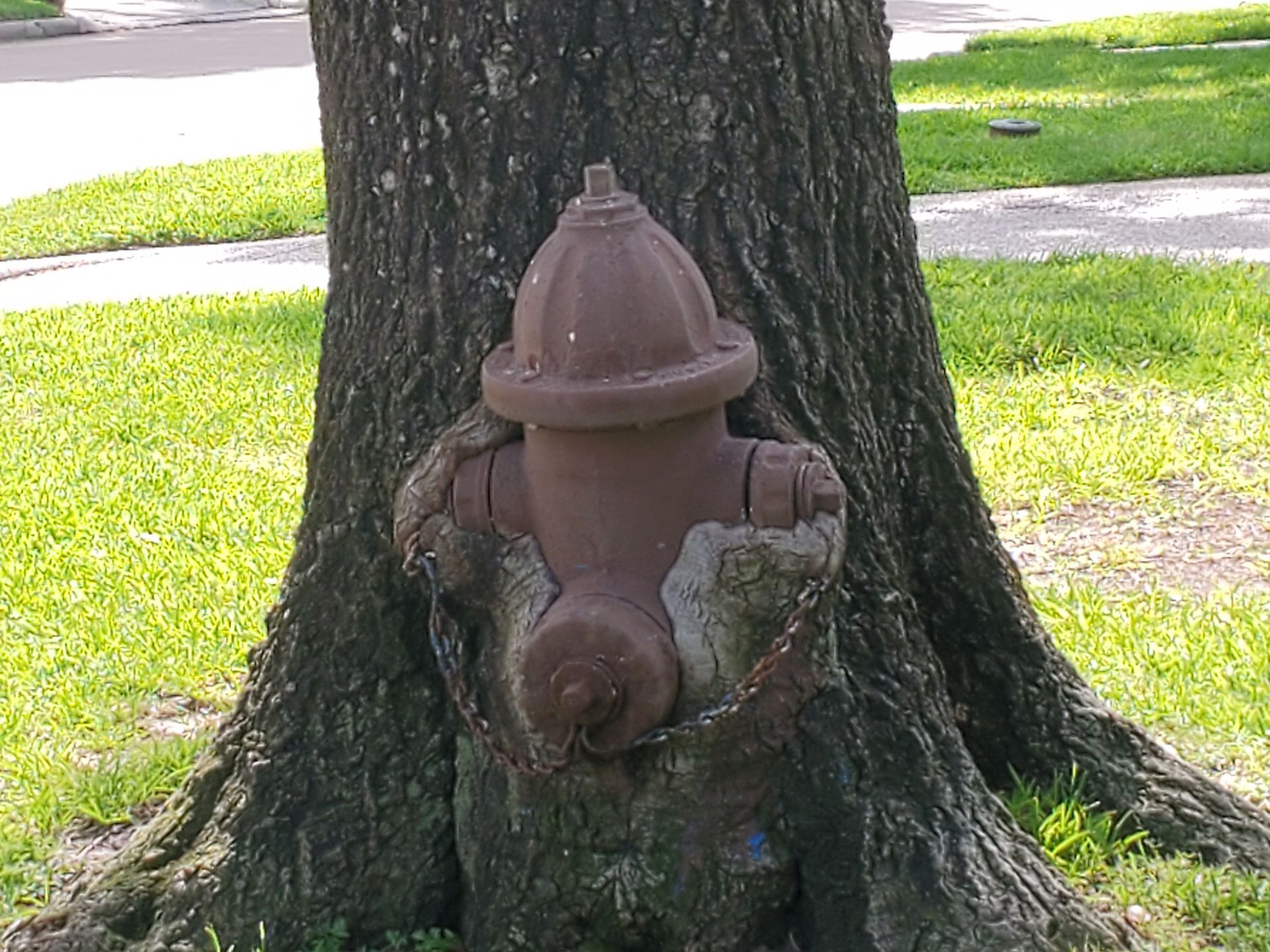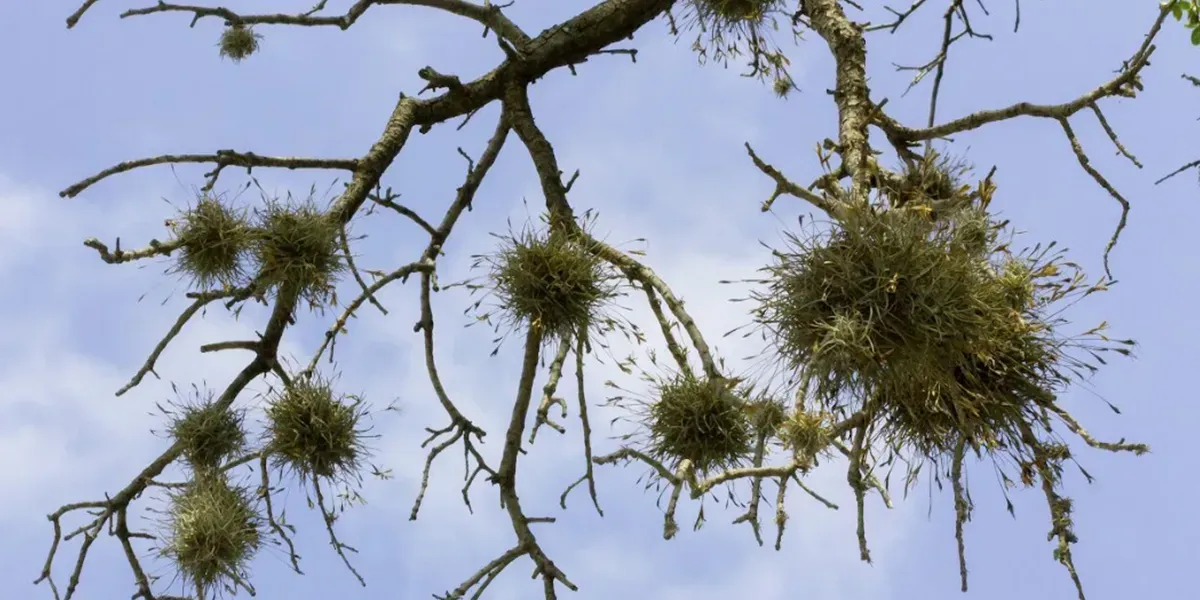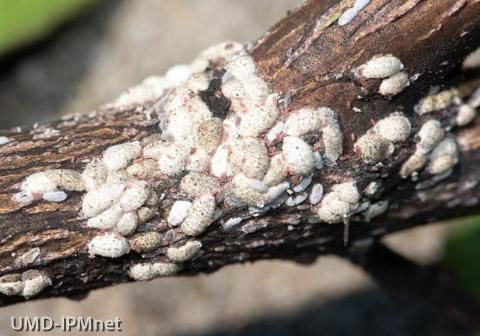Liriope’s Muse: Tree Care Tips from a Master Arborist
TRUSTED TREE CARE SERVICES SINCE 1970
Liriope's Muse -
Ganoderma: Your Tree’s Grim Reaper
As the autumn winds whisper through the branches and the nights grow longer, a silent killer lurks at the base of many trees. Its name? Ganoderma, a fungal disease so destructive it’s often called the Grim Reaper of Trees.
Like a haunting apparition, Ganoderma rarely makes a dramatic entrance. Instead, it creeps in quietly, feeding on the very lifeblood of your tree until there is no chance of survival. By the time you spot its telltale signs, the verdict is grim: your tree’s death is imminent.
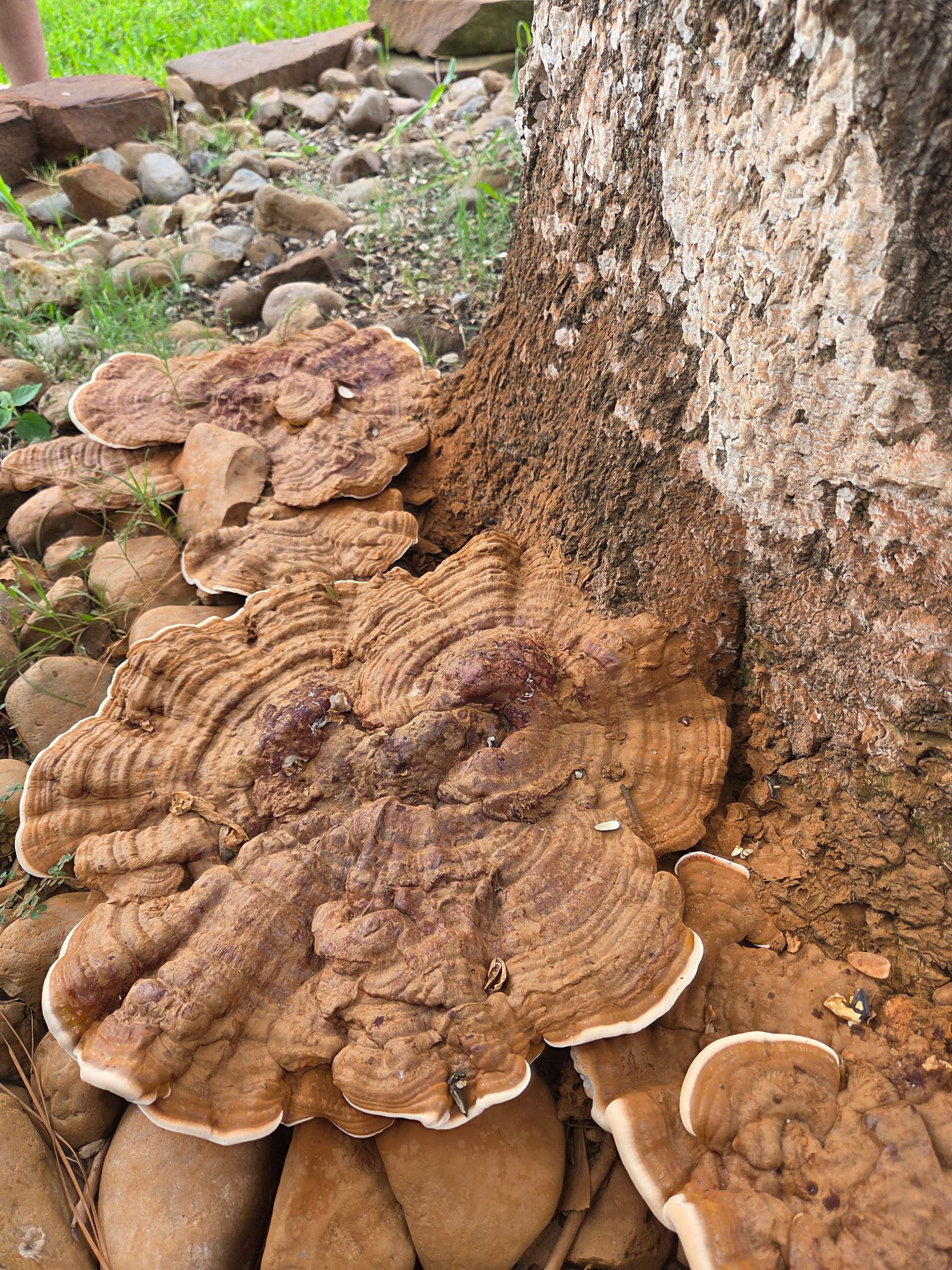

The Science Behind the Scare
Ganoderma is a genus of wood-decay fungi. In trees, the culprit is most often Ganoderma lucidum or Ganoderma applanatum, though several species cause the same devastating effect. These fungi invade through wounds at the roots or base of a tree, colonizing the heartwood and sapwood via breaks in bark or root damage from construction, lawnmowers, or foot traffic.
Once inside, Ganoderma causes what arborists call butt rot: a progressive decay of the structural tissues at the base of the trunk. As the fungus feeds, it replaces strong woody fibers with brittle, spongy tissue, leaving the tree hollow and dangerously unstable. The most chilling part? This process happens largely out of sight. By the time visible symptoms appear, the tree has already lost the battle.
A Brief Respite: Compartmentalization
Trees are not entirely defenseless. When faced with internal decay or fungal invasion, trees can invoke a process known as compartmentalization (from the CODIT model: Compartmentalization Of Decay In Trees). This is the tree’s attempt to “wall off” infected or damaged tissue—forming barrier zones of altered chemistry, lignin, or phenolic compounds that slow the advance of decay. nrs.fs.usda.gov+1
In the case of Ganoderma applanatum, for example, controlled laboratory trials showed that the fungus struggled to colonize sapwood that had been compartmentalized—i.e. the reaction zones (walls 1–3) were more resistant to fungal spread. UMass Amherst
However, compartmentalization is not a cure. It is a delay tactic, not a permanent block. Over time, Ganoderma can eventually breach or circumvent those barrier zones, especially if the tree is stressed, weakened, or suffers new wounds, leading to renewed fungal progression. In other words, a tree may temporarily hold the line, but it seldom wins the war.
To learn more about CODIT, check out this blog!
The Unseen Enemy: Long-Term Persistence in Soil
One of the most insidious traits of Ganoderma is its ability to persist in the soil and in residual woody debris for years, even decades, waiting for a susceptible host. In the case of Ganoderma boninense, a serious pathogen in palm plantations, researchers have documented the fungus’ “high persistence and nature of spread in soil,” making disease control extremely challenging. Frontiers
While research specifically quantifying decades-long survival in temperate tree-landscapes is sparser, many wood-decay fungi are known to survive as mycelium, sclerotia, or other dormant structures in soil or buried roots for long periods. In palm management guides, for instance, Ganoderma zonatum is noted to survive in the soil such that replanting another palm into the same site often leads to reinfection. Ask IFAS - Powered by EDIS
Thus, even after a diseased tree is removed, the soil around its former root zone may harbor Ganoderma inoculum for many years, posing risk to new plantings or nearby trees.
Signs of Ganoderma: Death’s Calling Card
Watch for these eerie signs around your trees:
- Conks (mushroom-like shelves): The most obvious symptom is the large, flat, varnished-looking fruiting bodies that sprout at the base of infected trees. These are the fungus’s reproductive structures, spreading spores like an epidemic.
- Crown decline: Thinning foliage, dieback, and a canopy that looks tired and lifeless, even in good growing conditions.
- Root and trunk weakness: The tree may appear fine one day and then collapse without warning, as the internal structure has already been consumed.
If you see a Ganoderma conk, it’s not just a warning sign; it’s the final curtain call for that tree.
No Cure, Only Caution
Unlike other tree diseases that can sometimes be managed with fungicides or pruning, Ganoderma offers no second chances. Once it appears, the tree is beyond saving. Removal is often the only safe option, especially since weakened trees pose a serious hazard to property and people.
The best defense is vigilance:
- Avoid trunk and root injuries, as they’re the open door Ganoderma needs.
- Plant resistant or non-susceptible species in areas with Ganoderma history.
- Have a certified arborist inspect suspicious mushrooms or signs of decline immediately.
- When removing infected trees, remove as much root system and stump material as possible, and be cautious about replanting in the same spot—even years later.
So, this October, while you decorate your porch with skeletons and ghosts, remember that one of nature’s true reapers may already be haunting your landscape. Ganoderma doesn’t knock; it announces itself with a grim conk at the base of your tree, a fungal tombstone that reads: the end is near. When Ganoderma strikes, it’s not just disease… it’s destiny.
Liriope’s Muse - Expert Tree Care Tips
